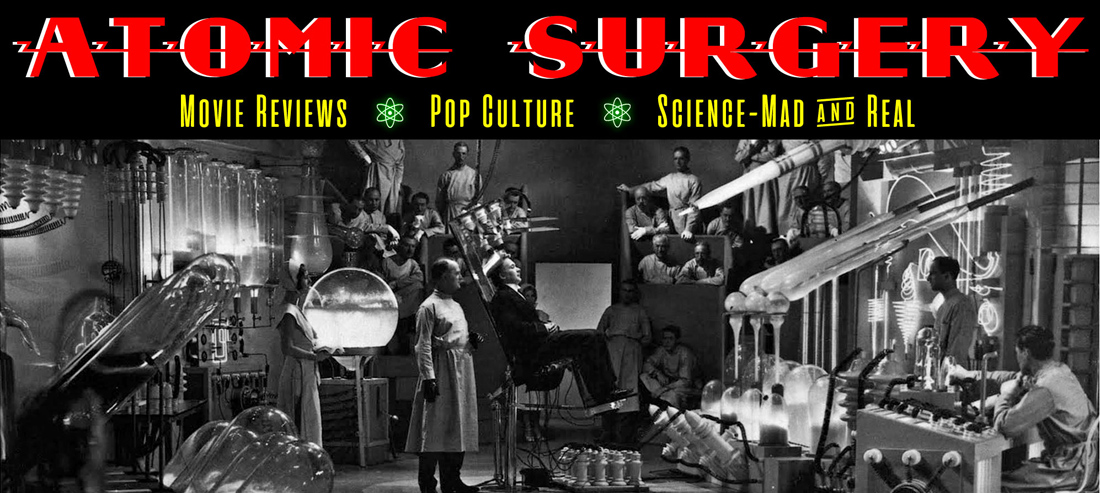Although it’s not considered an essential Pre-Code
Film, Picture Snatcher (1933) may be the quintessential Pre-Code Film. The presence
of James Cagney, whose popularity continues to transcend generations, and its
snappy script certainly makes it a great introduction to the world of Pre-Code
movies for the novice.
Pick a category that the Code objected to and Picture
Snatcher has it. Watch Cagney navigate through, or participate in: gangster shot outs, executions, police
abusing their power, women in lingerie, sexually aggressive women, violence
against women, children shot at, the seduction of underage girls – and the list
goes on!
Picture Snatcher has a demise that seems ripe for a Netflix
or HBO series. Head-of-his-mob Danny Kean (Cagney) gets out of Sing-Sing after
taking a 3 year rap for one of his gang. But, rather than return to a life of
crime he decides to go straight and get into the newspaper business. He kisses
off his old pals and takes his share of the loot (with interest; apparently his
gang was nice enough to invest his money while Danny was out of circulation). Although he’s going straight, the slippery Danny’s
not above using his ill-gotten gains to set himself up – after all, he’s earned
it!
Cagney and Ralph Bellamy
Cagney convinces Al McLean (Ralph Bellamy), the alcoholic
editor of the scummiest newspaper in town to set him up taking the scandalous photos
that no one else can get. He’s then off and running (no one can move or talk
faster than Cagney), but never fast enough to shake off the women that are
drawn to him like honey.
Cagney and Alice White
Within minutes of turning in his first big photo, the Women’s
Page reporter, Allison (the saucy Alice White - “I’m too much woman for any one
man”) has dragged him into the back of the Women’s bathroom. He doesn’t object
until he later finds out that she’s McLean’s main squeeze. Allison forces
herself on Danny again only to suffer worse than Mae Clarke did in Public Enemy
(1931). Danny later
sweeps a former moll off her feet (“I’m going to put on some silk so good that
you can see right through it”) and throws her onto a bed – only to leave her
angry and frustrated when he instead walks out on her (he’s only using her for
information).
Cagney, Patricia Ellis and Robert Emmett O’Connor
The real girl for Danny is sweet Pat Nolan (Patricia Ellis),
described as ‘jailbait’ by Allison (Ellis could not have been more than 16
years old when the movie was shot). Unfortunately, her father Casey, played by Robert
Emmett O’Connor - who was born to play Irish cops - is the officer who sent Danny
up the river. When Casey first sees Danny, he chases him into the street in
full uniform firing at him with his police revolver. Danny shrugs this off, but
today Casey would be arrested for attempted murder (at least in some
jurisdictions).
Lights out in Sing-Sing
Cagney eventually gets his big break by surreptitiously
taking a photo of a female convict being electrocuted. This will give him the
raise he needs to marry Pat, but it also means demotion and public humiliation
for her father, Casey, whose good word let Danny join the other journalist observers
at the execution. Just as in his old criminal days, Danny only ever thinks of
himself. Self evaluation only comes when he hits rock bottom after losing his
job and his girl. Can Danny redeem himself in the final act and win back Pat?
Let’s just say that, other than a few bullet-ridden bodies,
almost everyone ends up happy. Except for Allison who ends up walking the
streets. Tough break kid. Didn’t you know that even in a Pre-Code film the
sexually aggressive woman has to end up either married or in jail? Unfortunately,
Alice White’s life mirrored that of her character in Picture Snatcher. She had
a moderately successful career in silent films, often being compared to Clara
Bow, but her work in the talkies was derailed by a 1933 sex scandal involving her
boyfriend, Jack Warburton, and producer, Sy Barrett.
Is Picture Snatcher Worth My Time?: Yes. Directed by Lloyd
Bacon, it’s an entertaining romp that careens from serious melodrama to farce.
Cagney almost seems to be spoofing himself here, performing and delivering
lines at such a breakneck speed that you except the film’s 77 minute running
time to be half of that. Ralph Bellamy is a great foil for Cagney, and your
heart has to break a little for feisty Alice White who just wants what she
wants, but is not destined to get it.
Availability: Picture Snatcher is available as part of the Warner Gangsters Collection, Vol. 3.
Yes, Alice White, you are in a Pre-Code Film!



























